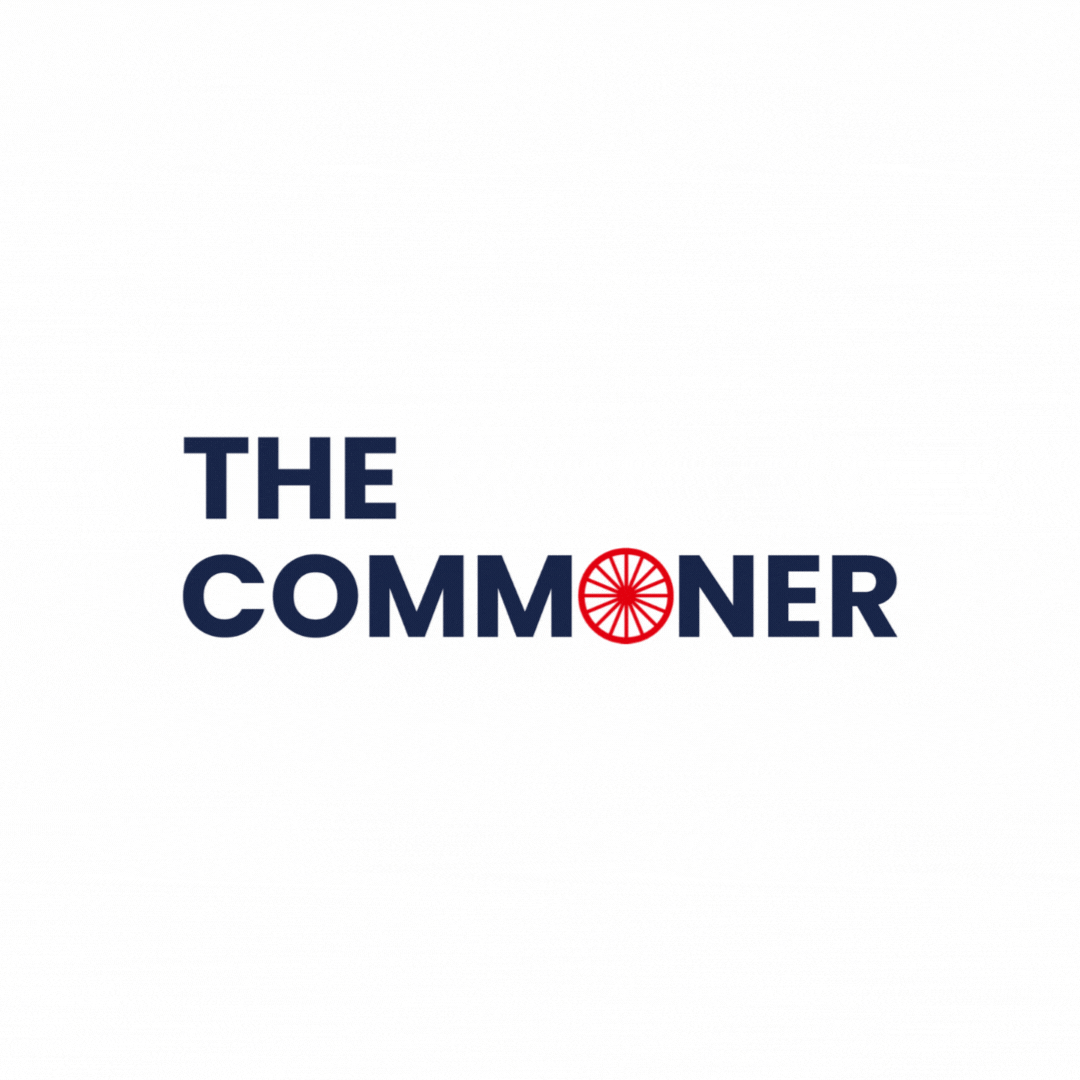Body Image & Sports: The Pressure To Fit An Ideal?
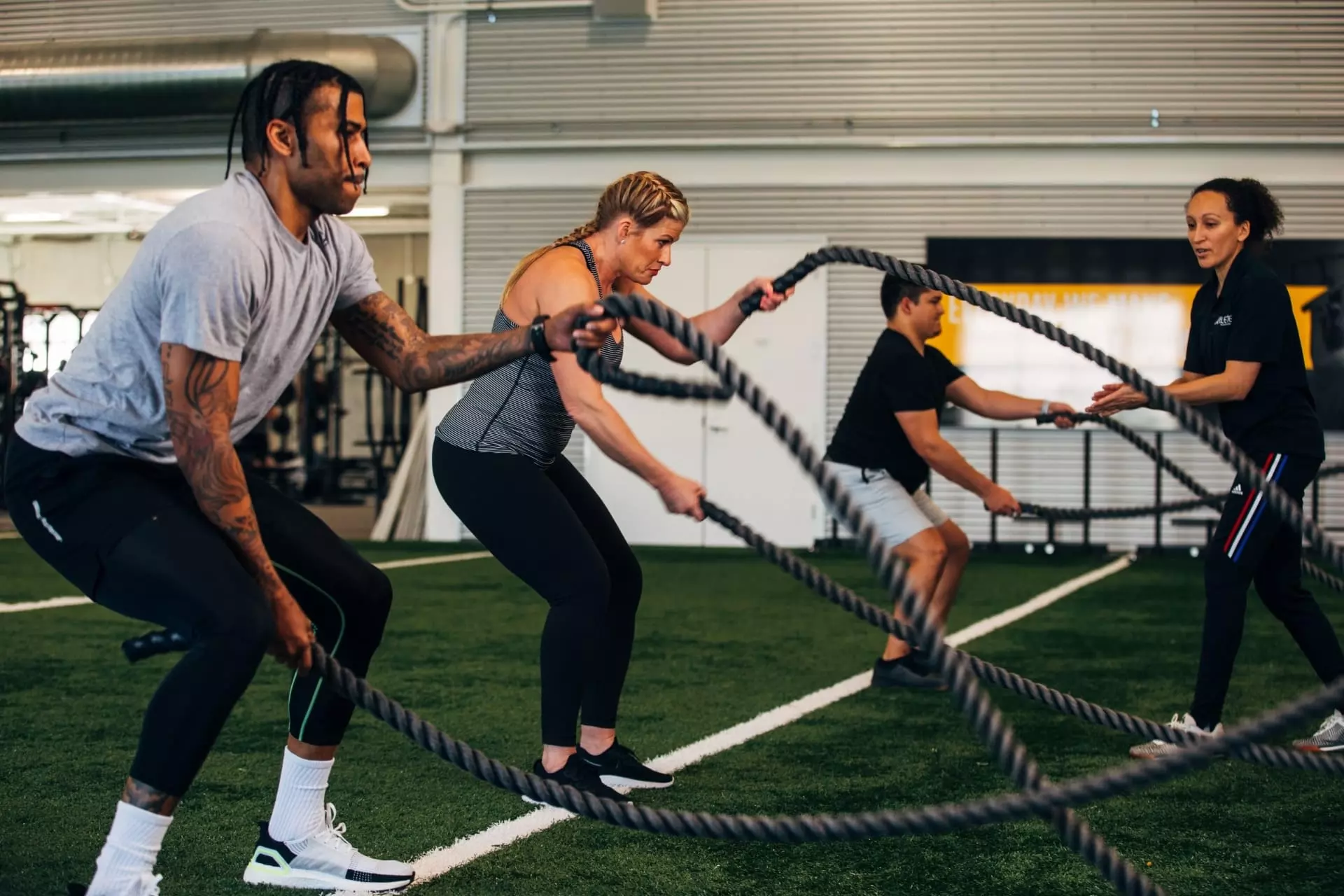
Group Fitness and Sports Training
Source: Athlete Training & Health
Body image concerns are widespread among athletes, affecting their mental health and performance. These issues often begin at a young age and are driven by the pressures of sports culture to conform to ideal body types. Understanding these challenges is crucial for promoting the well-being of athletes, especially in a diverse context like India.
The Prevalence of Body Image Issues
Athletes, particularly those in their formative years, face significant pressure to achieve an idealized physique. This pressure can lead to serious consequences, such as eating disorders, low self-esteem, and even the decision to quit sports. Erin Rubenking, associate director and clinical care coordinator for the University of Colorado Athletic Department’s Psychological Health and Performance program, notes, “There’s a lot of pressure on athletes regarding their bodies. The focus on what they eat and their fitness level makes them hyper-vigilant, leading to more body image issues than the general population.”
Cody Miller, a 2016 Olympic gold and bronze medalist in swimming, struggled with body image due to pectus excavatum, a condition causing a sunken chest. Despite his success, Miller was self-conscious about his appearance. He shared, “I was really self-conscious about it. Just being able to hide it isn’t enough because there’s always that lingering thought in the back of your head.”
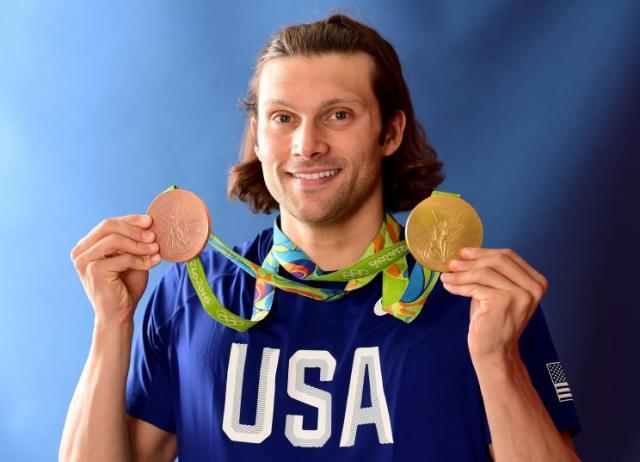
Cody Miller poses for a photo after winning a bronze and a gold medal at the Olympic Games
Source: Getty Images
Body Image Issues in Indian Sports
In India, the pressure on athletes to conform to ideal body types is equally significant. The country’s sports culture places a high value on physical appearance, often overshadowing talent and performance.
Sakshi Malik, an Indian wrestler who won a bronze medal at the 2016 Olympics, has spoken about the body image pressures faced by female athletes in India. Malik said, “There is a stereotype that women should not be muscular. But in wrestling, strength is key, and we have to embrace our bodies.”
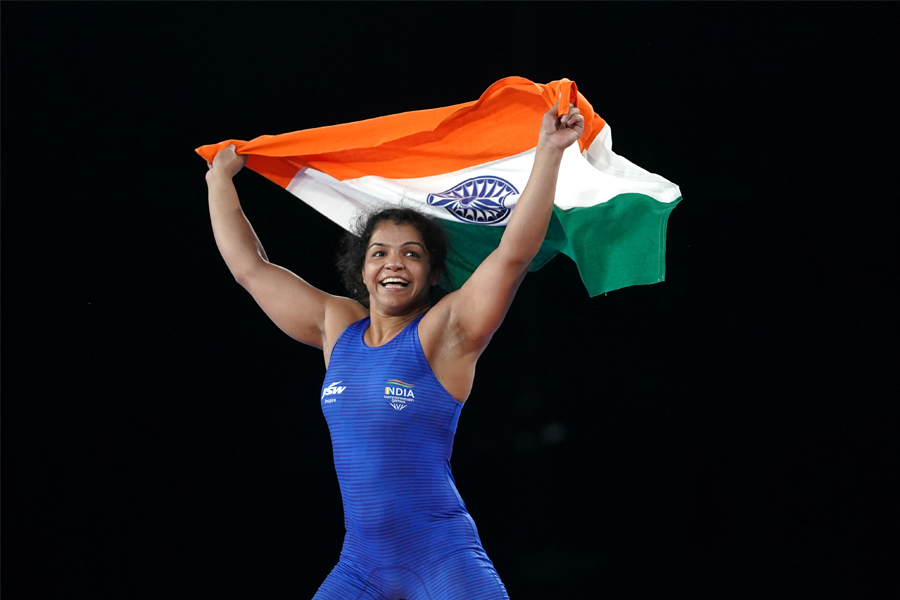
Sakshi Malik won her maiden gold medal at the Commonwealth Games
Source: PTI Photo
Vinesh Phogat, another prominent Indian wrestler, has also addressed body image concerns, emphasizing the need to focus on performance rather than appearance. “It’s important for young athletes to understand that their worth is not defined by how they look but by what they achieve in their sport.”
The Role of Media and Societal Expectations
Media portrayals of ideal body types exacerbate body image issues among athletes. Dr. Tiffany Brown, a psychologist specializing in sports psychology, explains, “Men’s fitness magazines often show men that look physically strong, but they’re actually physically at their weakest.” This unrealistic portrayal pushes athletes to strive for unattainable standards, harming their physical and mental health.
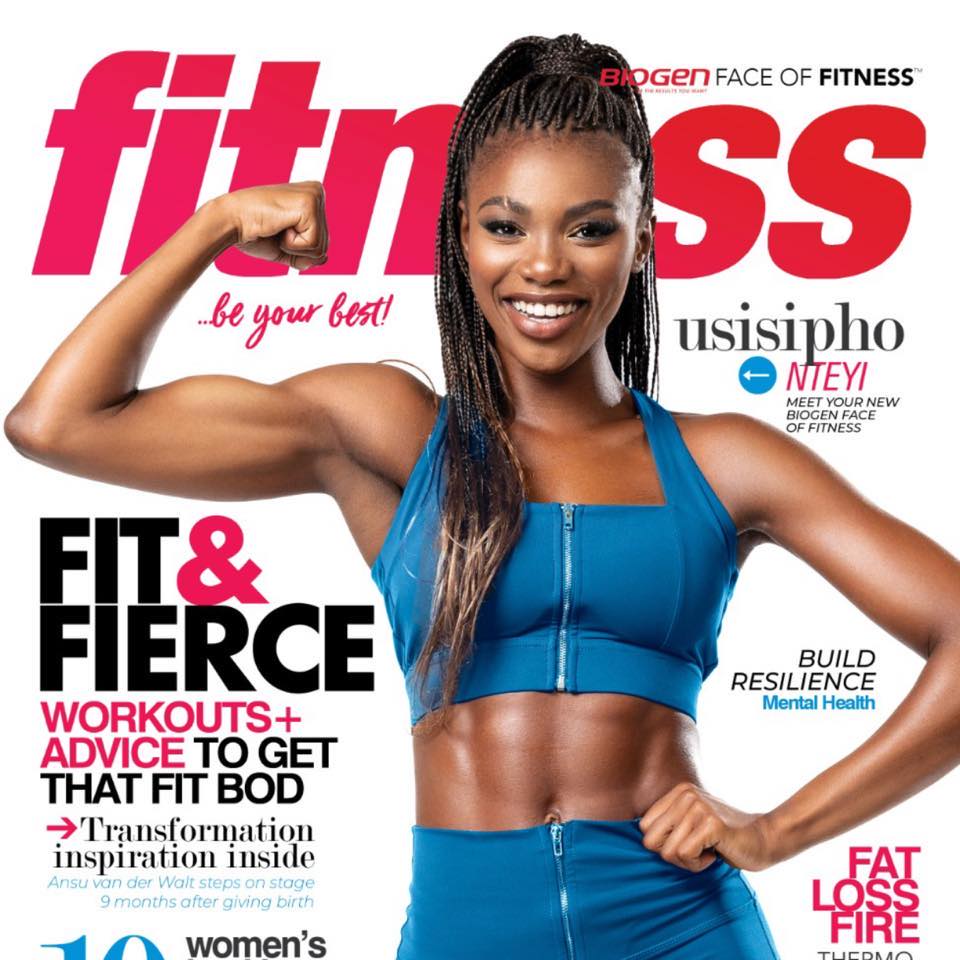
Source: Fitness Magazine
While both male and female athletes experience body image issues, societal pressures manifest differently. Female athletes often feel the need to be both lean and muscular, while male athletes face expectations to achieve a hyper-muscular physique. Auburn goalkeeper Maddie Prohaska, an advocate for mental health among athletes, points out, “Male athletes struggle just as much as female athletes, but it’s not talked about as much and is kind of passed off as being strong and tough.”
Addressing the Problem
Promoting positive body image in sports requires a comprehensive approach. Initiatives like the NCAA’s Bodies-in-Motion project aim to create a culture of body acceptance and provide support networks for athletes. Open discussions about body image, access to mental health resources, and celebrating diverse body types are crucial steps.
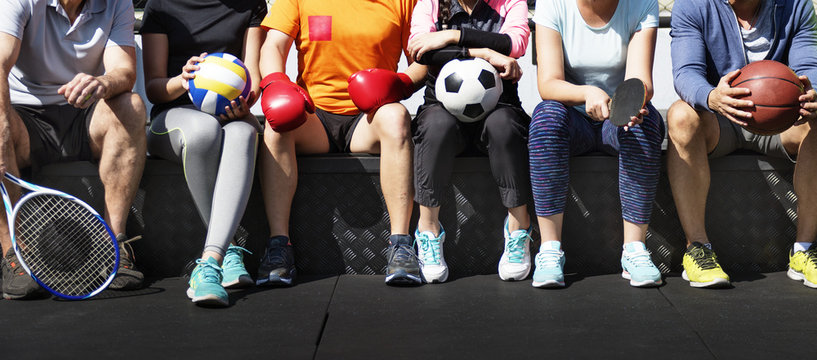
Group of diverse athletes sitting together
Source: Adobe Stock
Cody Miller emphasizes the importance of acceptance: “It didn’t take winning a gold medal for me to love myself or appreciate the way that I looked. It was just recognizing that there’s nothing wrong with looking a little different.”
Conclusion
Body image issues in athletes are influenced by personal experiences, societal expectations, and media representations. By fostering a supportive and accepting sports culture, we can help athletes achieve their full potential both physically and mentally. Understanding and addressing these challenges is essential for their overall well-being.

